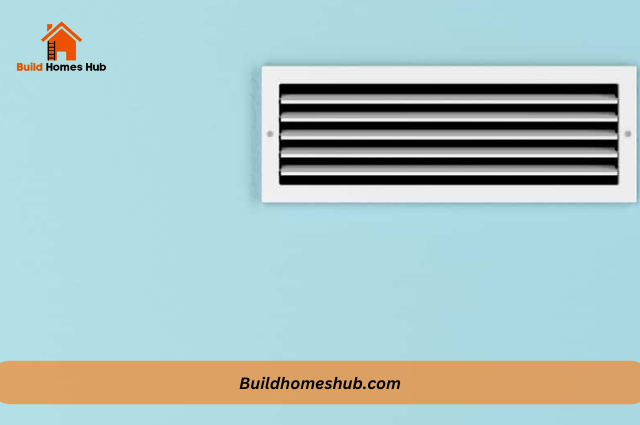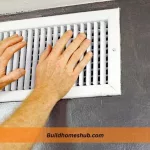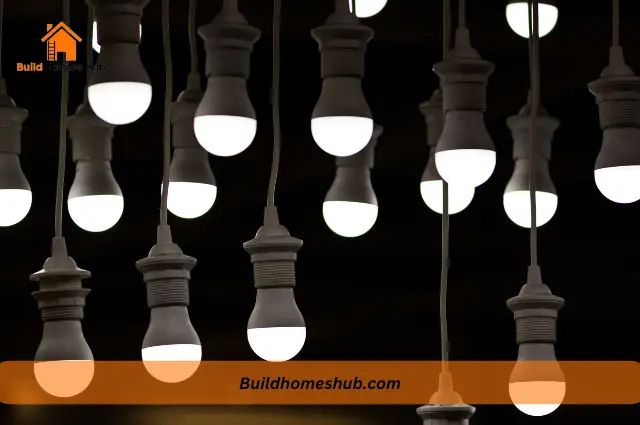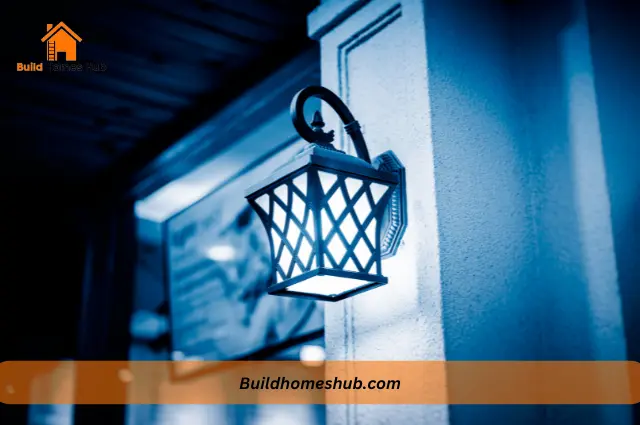Air vents are an important part of any HVAC system, and their placement and direction can significantly impact a home’s overall comfort and energy efficiency. One common question homeowners may have is: why air vents are pointed towards the windows. This blog post will explore the reasons behind this common practice and how it can benefit your home.
Why Are Air Vents Pointed Towards the Windows?
Air vents are typically pointed towards windows for several reasons, including:
1. To ensure proper airflow
Pointing the vents towards the windows allows fresh air to flow into the room, which helps to improve indoor air quality and reduce the buildup of pollutants.
2. To control temperature
The air can be directed to where it is needed most by pointing the vents towards the windows. In the summer, the cool air can be directed towards the windows to cool down the room, while in the winter, the warm air can be directed towards the windows to keep the room warm.
3. To reduce noise
By pointing the vents towards the windows, the noise generated by the HVAC system can be directed away from the home’s living areas, reducing the overall noise level inside the house.
4. To prevent drafts
Pointing the vents towards the windows helps prevent drafts from forming in the room. Since the air is flowing directly into the room, it can help to keep the room more comfortable and reduce the number of drafts.
5. To improve energy efficiency
By directing the air towards the windows, the HVAC system can more effectively heat or cool the room, which can help to reduce energy consumption and save on energy costs.
Note that this is a general rule, and depending on the specific design, HVAC system, building and location, some air vents may be pointed in a different direction for specific reasons.
How You Should Position Your HVAC Air Vents
The proper positioning of your HVAC air vents can greatly impact the efficiency and effectiveness of your heating and cooling system. Here are a few tips on properly positioning your air vents:
1. Consider the flow of air
Air vents should be placed to allow proper airflow throughout your home. This may include placing vents near doorways or at the top of staircases to promote airflow.
2. Take room size and layout into account
Different rooms in your home may have different heating and cooling needs. Larger rooms may require more vents, and vents placed near the ceiling in rooms with high ceilings.
3. Avoid blocking vents
Furniture, curtains, and other household items should not block air vents. This can disrupt the flow of air and make it difficult for your HVAC system to heat or cool your home effectively.
4. Regularly maintain your HVAC system:
Regular maintenance, such as cleaning or replacing air filters and checking for leaks, can ensure that your HVAC system runs at peak efficiency.
The Impact of Air Flow on Vent Orientation
One of the most important considerations regarding air vent orientation is the airflow through your home. Air vents placed in the wrong direction can disrupt the airflow and make it difficult for your HVAC system to heat or cool your home effectively. This can result in uneven temperatures, drafts, and increased energy costs.
To ensure that your air vents are oriented for optimal airflow, paying attention to the airflow direction in your home is essential. In general, air vents should be placed to allow air to flow freely and easily throughout your home. This may involve placing vents in strategic locations near doorways or at the top of staircases to promote airflow.
The Impact of Room Size and Layout on Vent Orientation
Another important factor to consider when it comes to air vent orientation is the size and layout of the rooms in your home. Different rooms may have different heating and cooling needs, and the vents’ orientation should reflect these needs.
For example, larger rooms will typically require more vents than smaller rooms to heat or cool the space effectively. Similarly, rooms with high ceilings may require vents placed near the ceiling to circulate air throughout the space effectively.
It is important to consider each space’s unique layout and heating and cooling needs to ensure that your air vents are oriented for optimal performance in each room.
The Importance of Regular Maintenance
Even with proper air vent orientation, it is important to regularly maintain your HVAC system to ensure it works at its best. This may involve cleaning or replacing air filters, checking for leaks, and ensuring that all parts of your HVAC system are working properly.
Regular maintenance can extend your HVAC system’s life and ensure it runs efficiently. It can also help to identify and address any issues with your air vents, such as blockages or damage before they become major problems.
Which way should ac vents face?
Air conditioning vents should typically be positioned to direct air towards the center of the room and away from obstacles such as curtains, furniture, or walls. This helps to prevent temperature imbalances and ensures efficient and effective distribution of conditioned air, creating a comfortable indoor environment.
Final Thoughts
Air vents are typically pointed towards windows for several reasons. This includes ensuring proper airflow, controlling temperature, reducing noise, preventing drafts, and improving energy efficiency. By understanding why air vents are pointed in this direction, homeowners can make informed decisions about the placement and direction of their air vents.
Properly placed and directed air vents can help improve a home’s overall comfort and energy efficiency, ultimately saving on energy costs. It’s important to note that this is a general rule. Depending on the specific design, HVAC system, building and location, some air vents may be pointed in a different direction for specific reasons.
I like to think I can help you with all the information you need on home renovations and DIY tips. You should subscribe.











